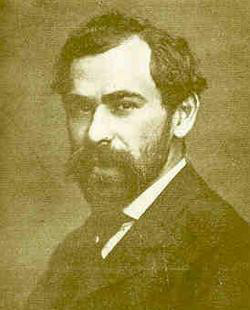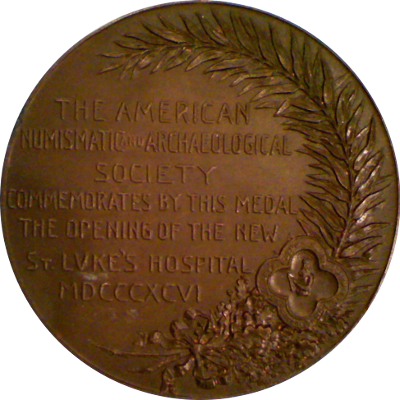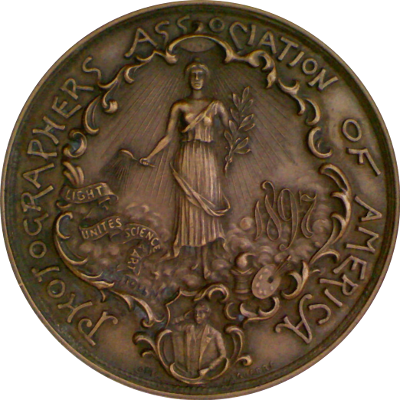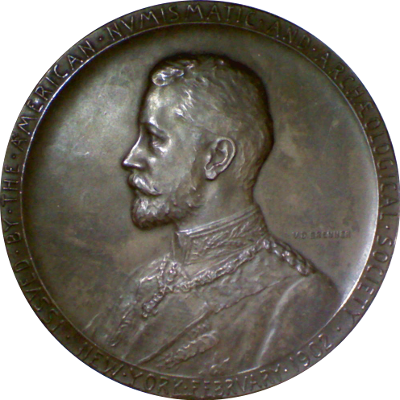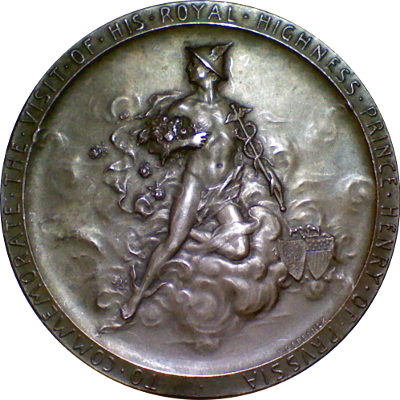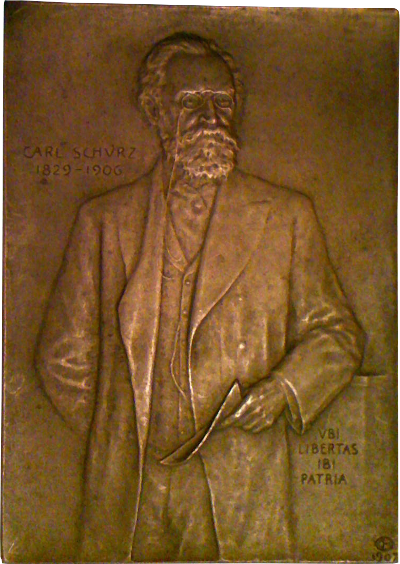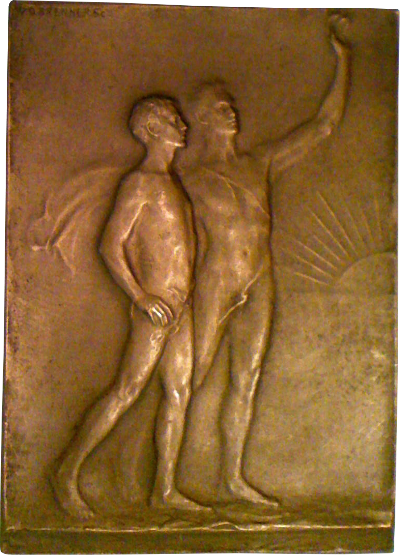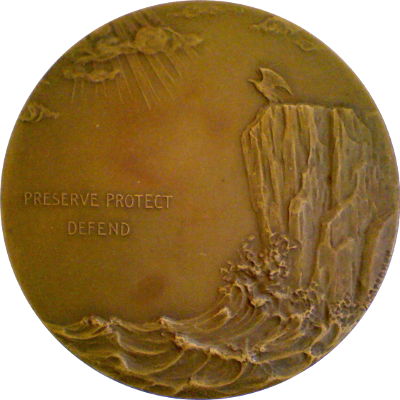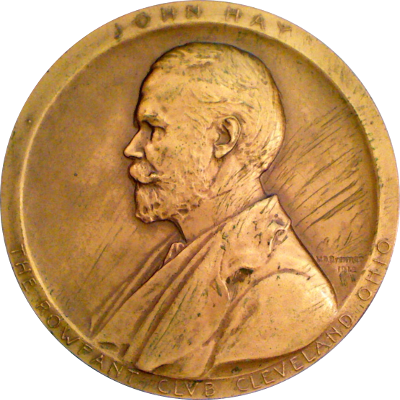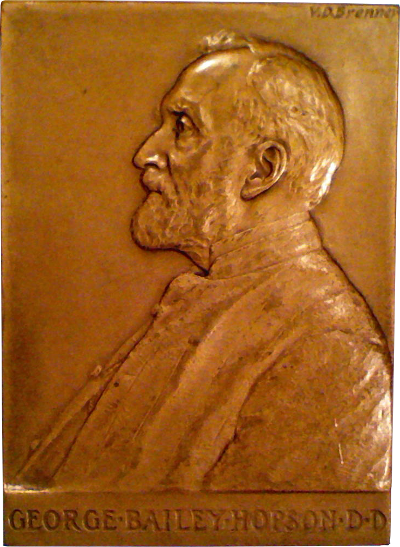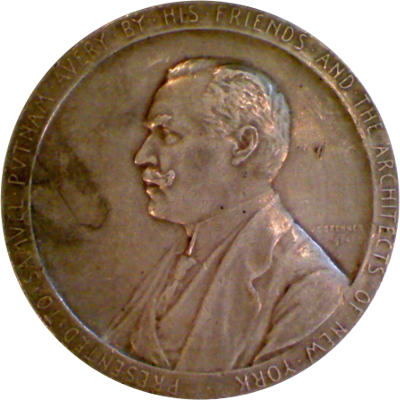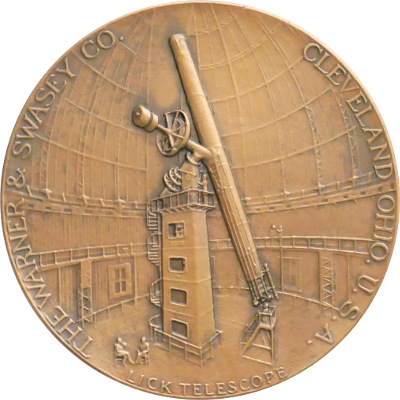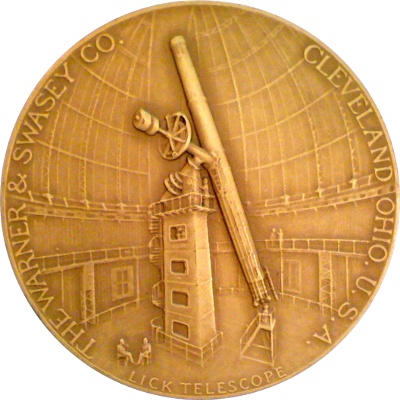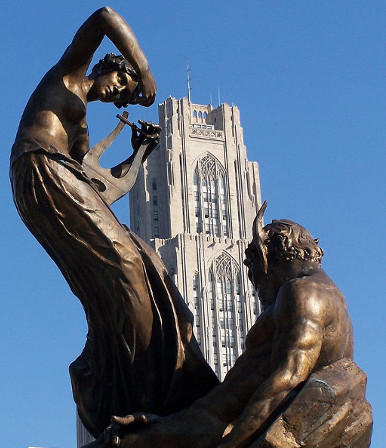Victor David Brenner was born in a small Lithuanian village, Šiauliai, in 1871. From his father, a seal engraver, he learned to work with gems and metals. At 19, Brenner left Lithuania and immigrated to New York, where he supported himself using the skills his father taught him. There are rumors that upon his immigration, he changed his name from Viktoras Barnauskas to the more American Victor Brenner. He took night classes at Cooper Union, where he furthered his artistic mastery of the craft.
In 1989, Brenner moved to France to study under Oscar Roty, an established medalist, at the Académie Julian. While there, he showed at the Paris Exposition of 1900 and was awarded for his work. Brenner was fluent in English and French, as well as his native Lithuanian.
When he returned to America, he came back as a more proven artist himself. His commissioned work was noticed and appreciated, leading to more sophisticated clientele. In his New York Studio, Theodore Roosevelt sat for him often and the two developed a relationship. In honor of the hundredth anniversary of Abraham Lincoln's birth, President Theodore Roosevelt wanted to do something in his honor. Lincoln was one of Brenner's personal heroes, and he had previously designed a bas-relief medallion based off Matthew Brady's famed Cooper Union Portrait. Roosevelt was impressed with the medal and convinced Brenner to submit a similar design for a penny to the Mint. The first iteration of the design contained Brenner's full name, but the director of the Mint convinced him to merely use his initials. As seen on the right, the penny had his initials between the two pieces of wheat. Within the first year of its circulation, however, many took offense to the prominent placement of the artists’ initials (despite precedence found in both European and American coinage). Due to protest, circulation of the "VDB" penny was halted after approximately 27 million were released. The updated design at first featured no initials, but in 1918 was revised to include a much smaller set on Lincoln's shoulder. Today, due to its short-lived circulation, the original "VDB" penny design is considered rare and sought after by many collectors. The updated design is still produced and used today.
Victor David Brenner died only 52 years old. His legacy includes over 125 different medals, badges and plaques as well as sculptures, such as the "Song of Nature" which sits on the fountain in Schenely Park in Pittsburgh, Pennsylvania. Brenner's works regularly command prices that are about 30% higher than comparable medallic collectibles.
Sourced mainly from Wikipedia.
